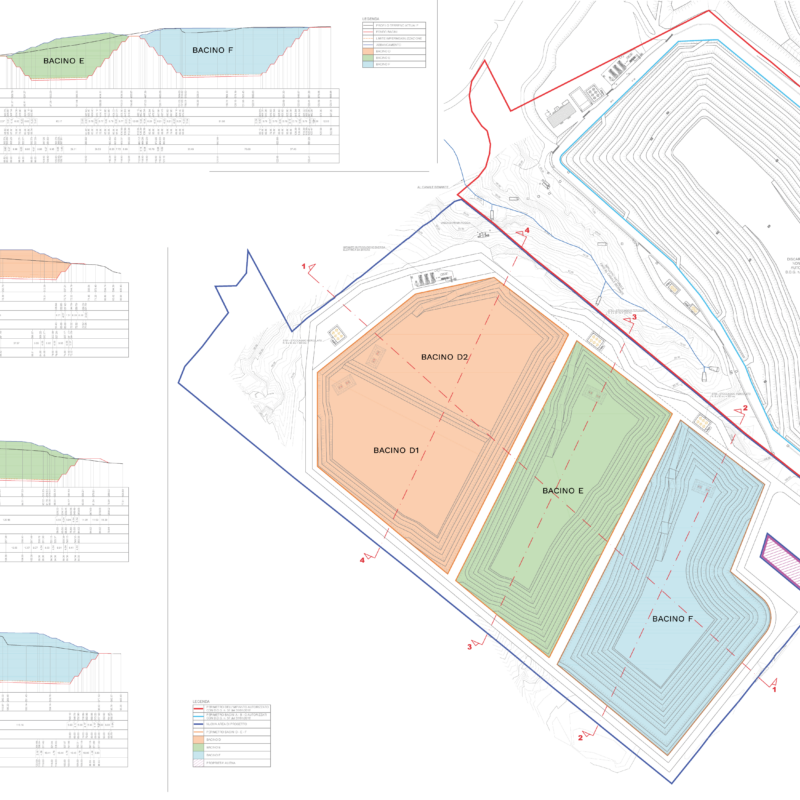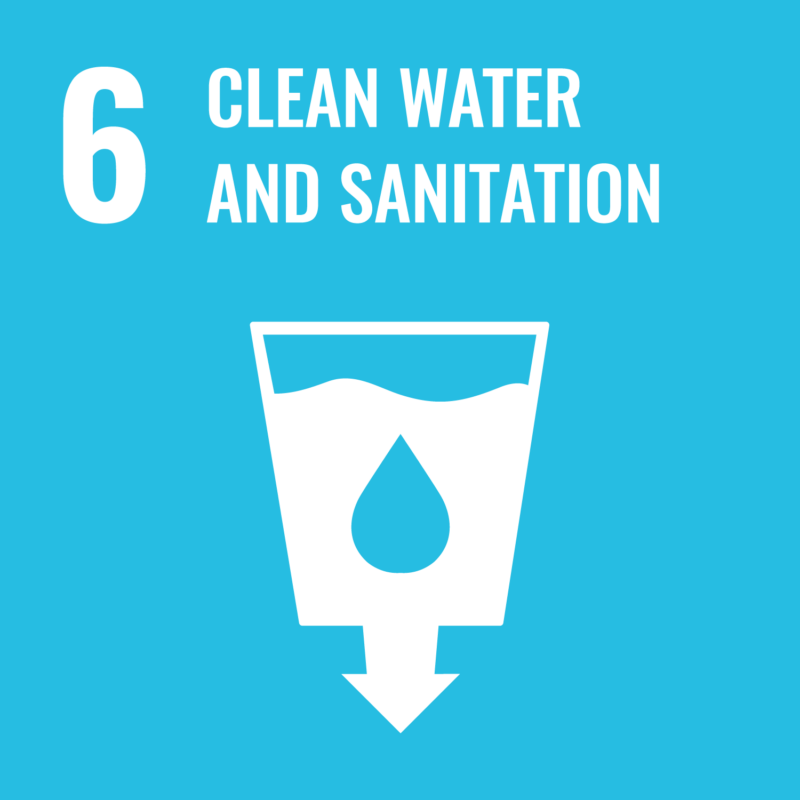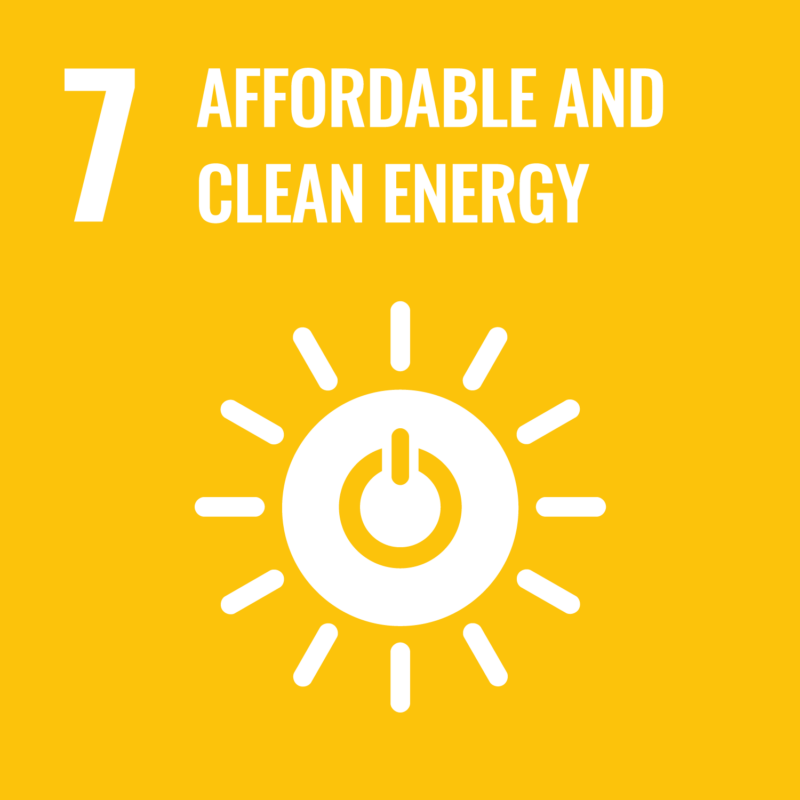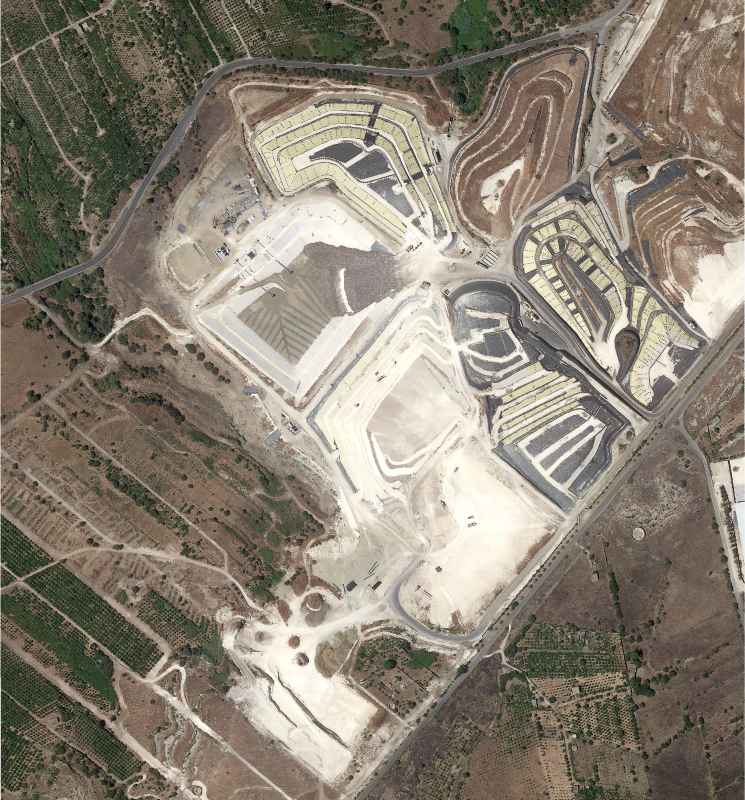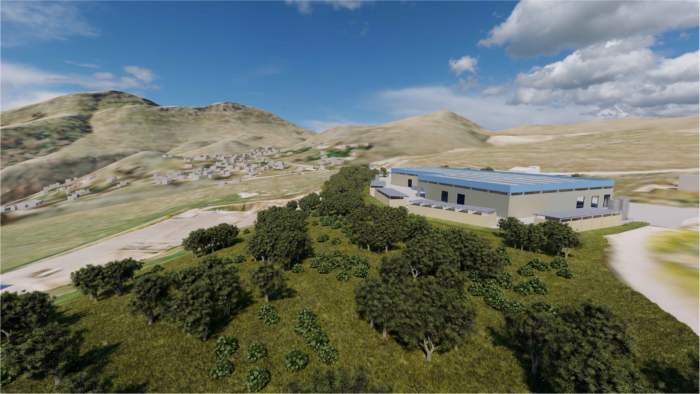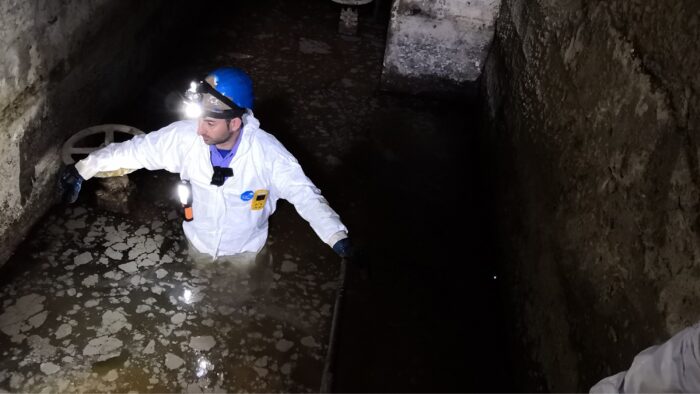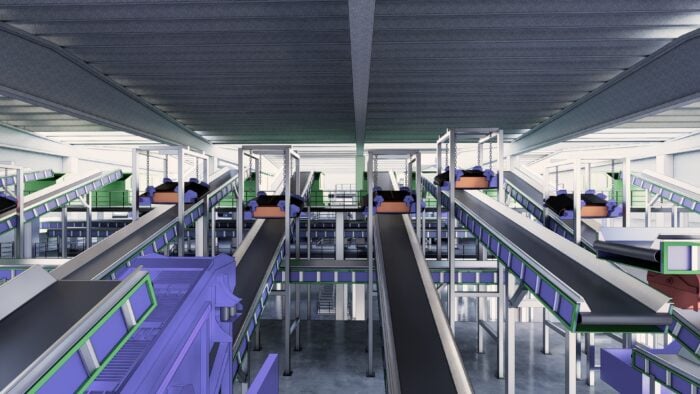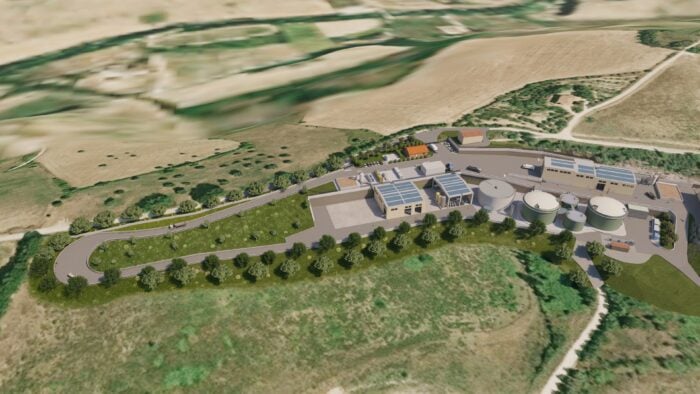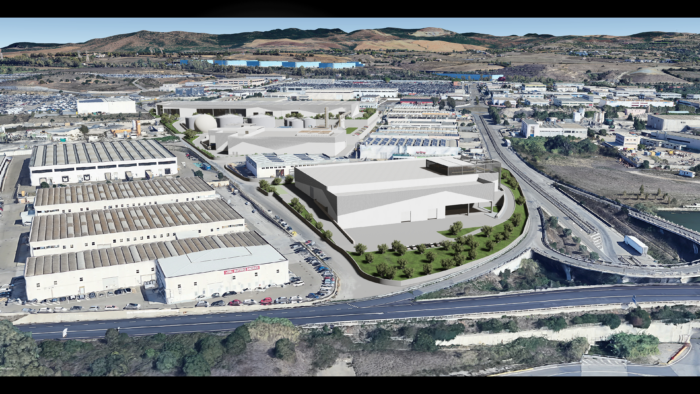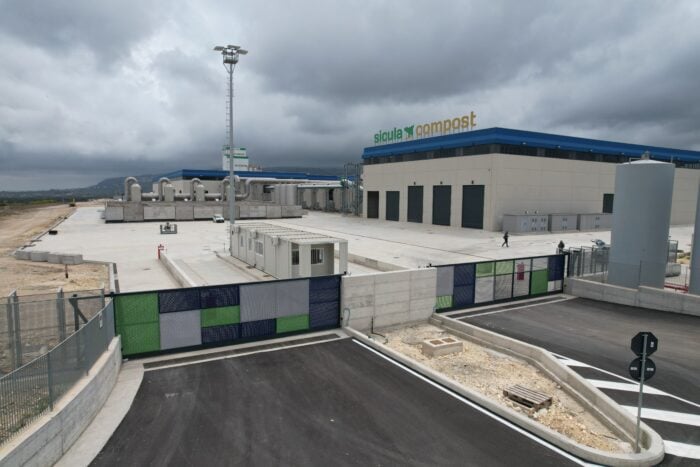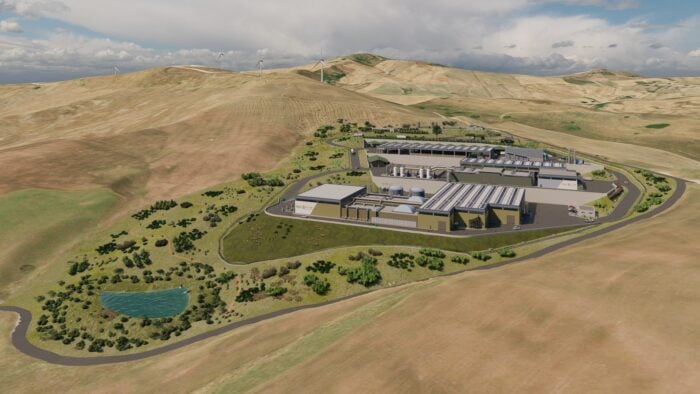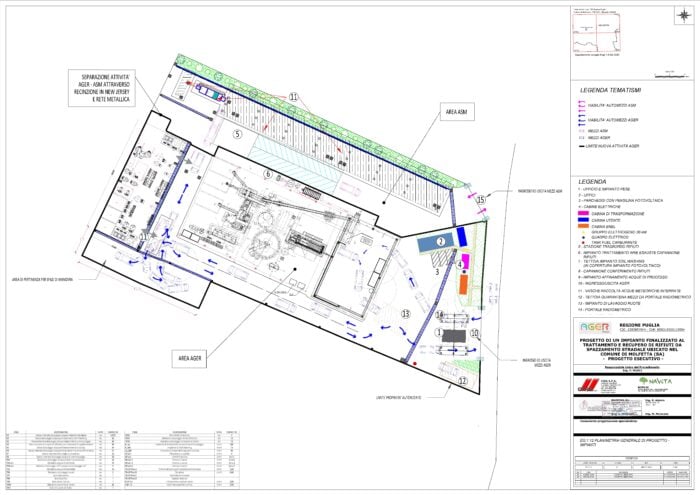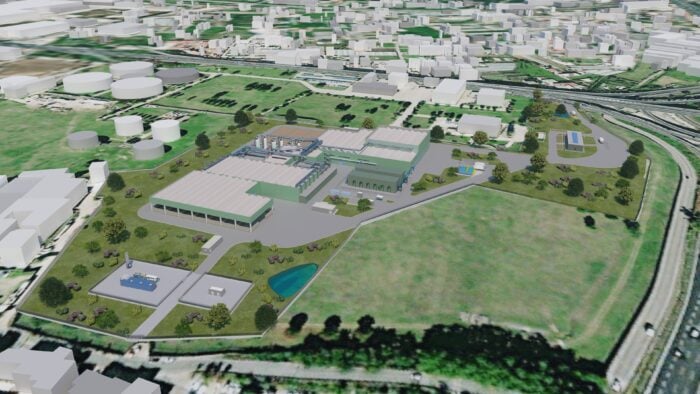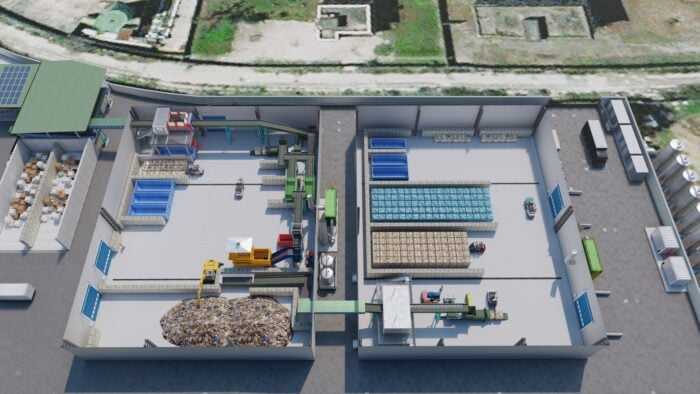Ensure availability and sustainable management of water and sanitation for all
A system for the collection, storage and treatment of leachate and a system for the collection and treatment of biogas are provided for.
The already-authorised waste disposal body, located in the district of Grotte San Giorgio, in the territory of the Municipality of Lentini (SR), consists of three basins named A-B and C. Once the filling of the basins A-B has been completed, in accordance with the provisions of the first authorisation, by virtue of the second, the first phase is almost completed, which provides for the filling between the aforementioned basins and the relative reprofiling. In the meantime, the excavation and waterproofing works of the basin have been completed, and it has been tested and put into operation.
In order to guarantee temporal continuity to the contributions and to overcome the state of emergency that periodically recurs regarding waste management in Sicily, the client has initiated a request for substantial modification of the authorisation currently in place for the purpose of building three new basins (D, E and F), which will be built in a new area adjacent to the one currently used.
The new waste disposal site is designed to be able to contain a volume of waste equal to 4.551.050 m³ and shall be compartmentalised into 3 basins divided as follows:
- D1+D2 1.497.143 m³
- E 1.273.660 m³
- F 1.780.248 m³
The management of biogas is aimed at achieving the following objectives:
- Minimising odorous, annoying and potentially harmful emissions;
- Ensuring safety inside the waste disposal site and in the immediate vicinity;
- Where possible, allowing the recovery of a renewable energy source.


